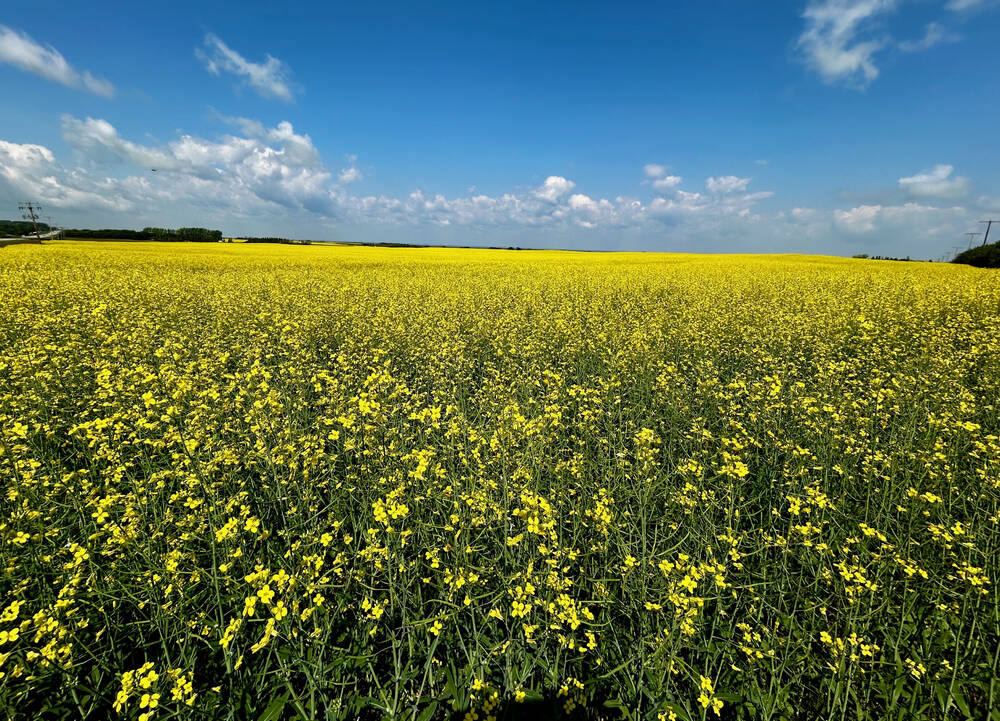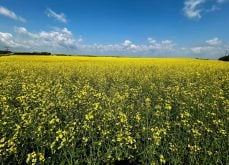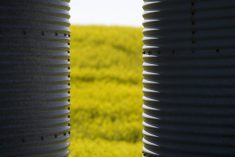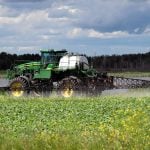Low-interest loans of up to $1 million will be available to Alberta farmers and small businesses affected by July floods.
Alberta finance minister Doug Horner announced the loan program yesterday. Dubbed the Hand-Up Plan, it involves two loan and interest rate rebate programs.
The Alberta Flood Recovery Loan Guarantee Program will provide low-interest loans that will be 75 percent guaranteed by the province. They will be offered through financial institutions and the Alberta Financial Services Corp.
The Alberta Flood Recovery Interest Rebate Program will provide rebates of four percent interest to those in the loan guarantee program. Funds will be paid directly by the province, according to a news release.
Read Also

China snaps up Australian canola after trade spat with Canada, sources say
Chinese state trading firm COFCO has bought up to nine 60,000-metric-ton cargoes of Australian canola, three trade sources told Reuters, after Beijing last month imposed preliminary anti-dumping duties on imports of the oilseed from traditional supplier Canada.
To be eligible, applicants must be a registered business, that being either a sole proprietorship, partnership, Alberta registered company, not-for-profit society or association.
They must also have operated within High River, which was ravaged by the July flood, or have operated within the affected flood area elsewhere in the province. Proof of loss must be demonstrated.
Eligible businesses must also have gross revenues of $6,000 to $15 million. Loans must be used to re-establish or rebuild the business, said government criteria.
Farmers can obtain more details by contacting their bank or AFSC.















